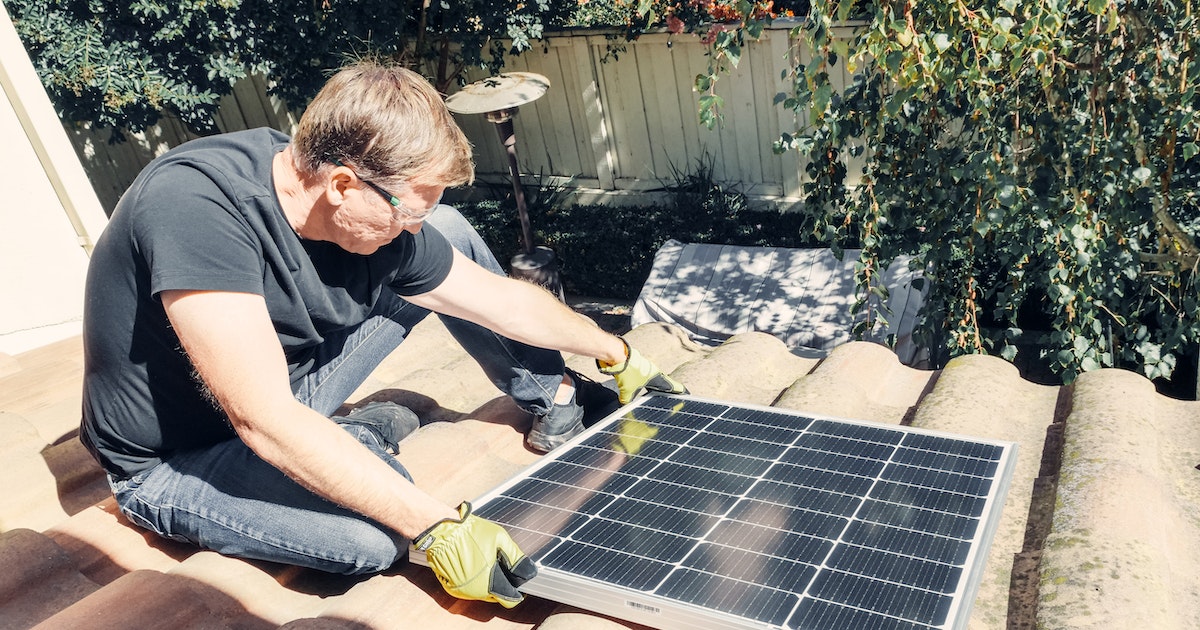13. Have you taken advantage of any rebates?
Installing a solar panel system in your home might range between $10,000 and $30,000. The good news is that many states, towns, and solar companies in the United States provide subsidies for solar panel installation on your roof. Before your project begins, ask your contractor what options they have, and if they don’t have any, they should be aware of state and city rebates.
Overall, the government is serious about encouraging citizens to invest in solar energy. Through rebates and tax credits, the Department of Energy alone gives up to 30% in savings. Your local utility and electricity companies may also provide discounts.
14. Can you actually do it yourself?
Professional installation of solar panels is recommended. Period. There are numerous things that might go wrong if you are not adequately trained in the installation process.
Here are several examples:
Problems with Wiring: This is a task that demands you to work with electrical parts. If you put it up wrong, you can cause electric shocks that are dangerous to you and everyone around you. For any electrical work, always consult an electrician.
Leaky Roof: When installing solar panels, you must drill holes in the roof. If these holes are not correctly constructed and sealed, they will damage your roof and cause leaks.
Safety Standards and Code Compliance: Many solar panel warranties require professional installation. If you install the equipment yourself, the guarantees are null and invalid.
You will not be compensated if there is any damage caused during installation or if there is a problem with the way the panels were constructed. Furthermore, if you are unfamiliar with building permits and other relevant rules and regulations, they might be tough to follow. The project may be denied if all paperwork is not completed appropriately.
15. Don’t forget about maintenance.
Maintaining your solar panels and your roof is important for setting suitable maintenance routines. It’s a good idea to find out what those maintenance methods are from your contractor before the installation begins. If you are unable to meet those maintenance requirements, your equipment may not last as long as you would like.
